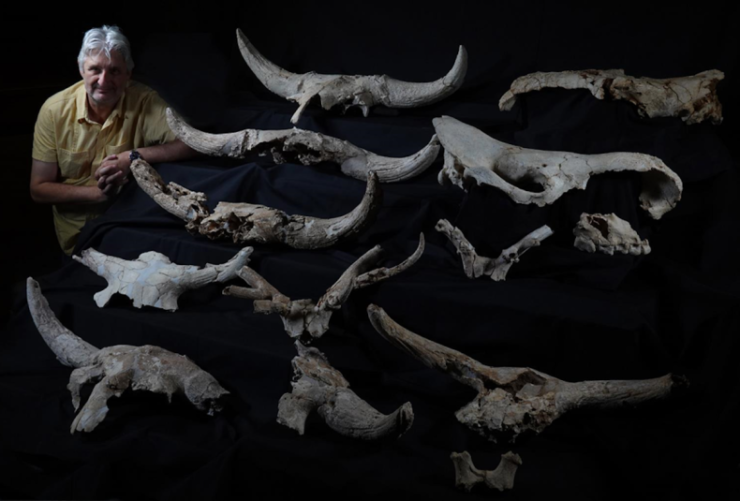A group of researchers from various institutions across Spain, along with one colleague from Portugal and another from Austria, have found numerous animal skulls that were more than 40,000 years old when they were placed by Neanderthals in Cueva Des Cubierta cave in Spain.
According to published in Phys, the team details the location where the skulls were discovered, their state, and theories as to why they may have been left in the cave.
In 1978, the Cueva Des Cubierta cave in Spain’s Madrid Region was first found. Since then, the multilevel cave has been explored and examined by archaeologists because it was discovered that Neanderthal tribes frequented the location for ceremonies. The main gallery of this cave is approximately 87 m long and 1–4.5 m wide. The infills indicate that it has at least five old openings. Despite being exposed to the elements, its Middle and Late Pleistocene sediments have been well preserved.
The remains of a Neanderthal child have also been discovered in the cave along with bones and tools. To determine whether Neanderthals had also used the cave in this latest investigation, the researchers ascended to its third level.
A variety of huge herbivore skulls were also discovered, along with numerous animal bones that were dispersed around the floor. The skulls had been carefully taken from the victims and “processed” in various ways using tools and, in some cases, fire, the researchers discovered.



The skulls all shared the tendency to display distinctive characteristics like horns. The majority of the skulls belonged to extinct cows called aurochs or bison. However, they also discovered the skulls of two rhinoceroses and five male deer with antlers. The researchers named one of the rhinoceroses Rosendo after the well known Spanish rock star as a result of their surprise discovery of the animals. Museum Director Enrique Baquedano said, “The discovery of big crania of extinct rhinoceros and bison was a source of great satisfaction”.
The researchers point out that the presence of so many skulls in the cave shows that the Neanderthal tribes that carried them there had other goals in mind besides obtaining food. Given that the skulls were enormous, heavy, and unlikely to have given much food, it is likely that their presence in the cave served another purpose. They might have been used as hunting trophies, according to the researchers.
Cover Photo: Baquedano next to a group of animal skulls discovered in the cave. All of the skulls featured some kind of protrusion, like horns or antlers. / Museo Arqueológico y Paleontológico de la Comunidad de Madrid
